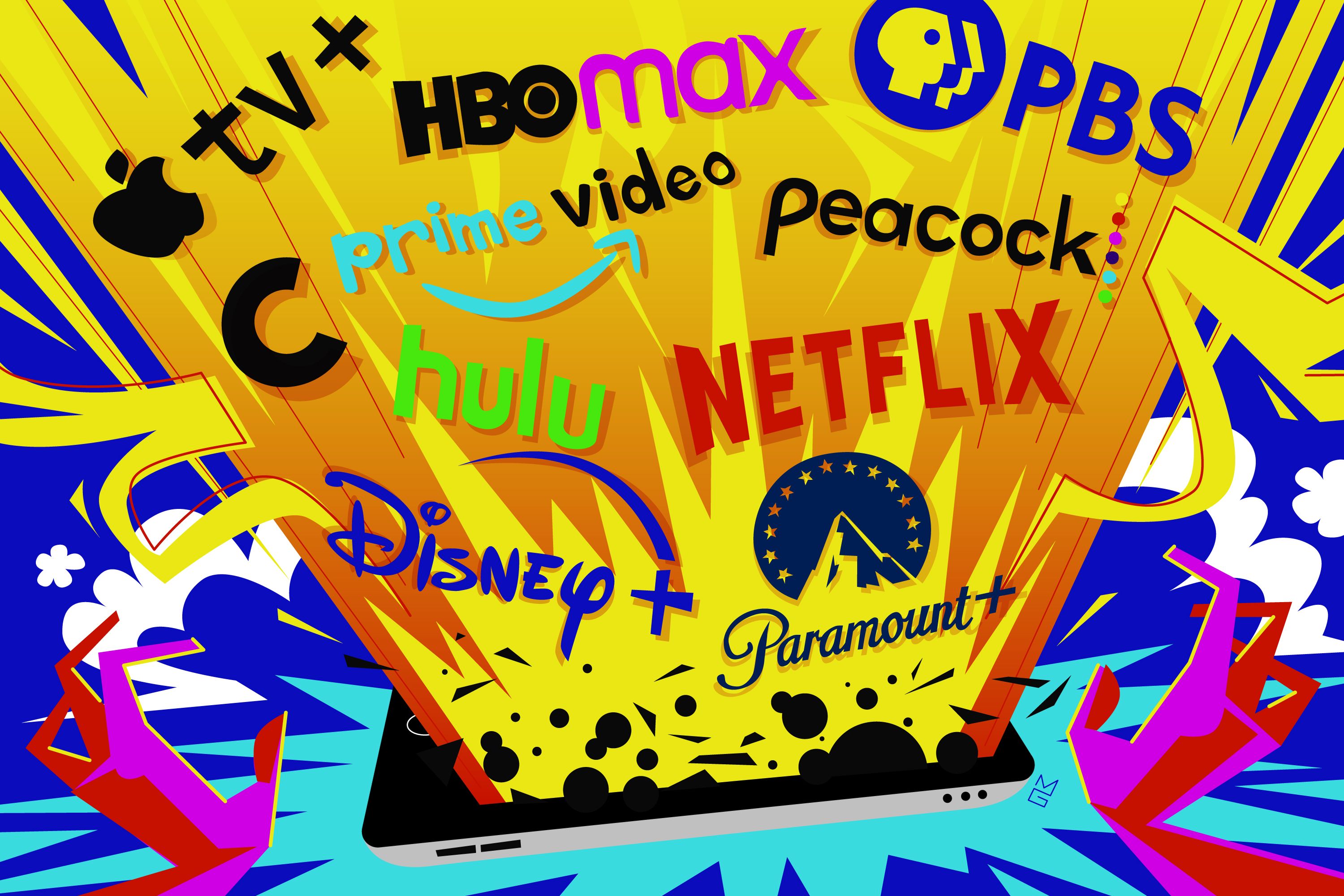
Image Source: https://pyxis.nymag.com/v1/imgs/73d/609/8698183ee3ae8de90c77beea580259aa17-vulture-streaming-recolor.jpg
The evolution of the film industry is a narrative of continuous adaptation to new technologies. From the invention of motion picture cameras and projectors in the late 19th century to the introduction of color, sound, and special effects in the 20th century, cinema has always been an evolving medium. Now, in the 21st century, a new phenomenon has begun to redefine not just the way films are produced and distributed, but also the very nature of the cinematic experience: digital streaming services. Pioneered by companies like Netflix, Amazon Prime, and Disney+, these services have altered the landscape of film consumption, impacting the cinema and its audiences in a myriad of ways.
Digital streaming services represent a paradigm shift in how audiences access and consume film content. Traditionally, watching a movie was an event – you bought a ticket, went to a cinema, and experienced the film in a darkened theater, often with a crowd of fellow moviegoers. This collective experience, so integral to the identity of cinema, is now being challenged by the rise of streaming platforms that offer the convenience of watching films anytime, anywhere, often at a fraction of the cost of a movie ticket.
The disruption caused by these digital platforms has sent ripples through every layer of the film industry. For instance, the way movies are distributed has undergone significant changes. Netflix, one of the pioneers in this digital revolution, has amassed an extensive library of films over the years, providing a plethora of choices for the viewer. In contrast to traditional cinema where films are exhibited for a limited time, these platforms give audiences continual access to an ever-growing array of movies. Furthermore, digital distribution circumvents the need for physical theaters, allowing many films to premiere directly to consumers.
This direct-to-consumer model has had profound implications for filmmaking itself. In a departure from the conventional film industry structure, independent production companies have emerged, providing filmmakers with increased funding opportunities and greater creative control. These changes have democratized the filmmaking process, inviting a wider variety of voices and perspectives into the industry.
While the advent of streaming services has indeed opened doors for filmmakers, it has also presented its own set of challenges. The potential for reaching a wider audience is balanced by the reality of reduced revenue when compared to traditional distribution methods. Meanwhile, for audiences, the overwhelming abundance of choice can lead to the paradox of choice – a phenomenon where more options lead to anxiety rather than satisfaction.
At the heart of this shift is the audience and their evolving expectations. The convenience, affordability, and adaptability of digital streaming services have undeniably changed viewers’ consumption habits. Furthermore, access to high-quality content from around the globe has broadened their cinematic horizons, introducing them to a diverse array of films that may not have been readily available in their local theaters.
Despite the challenges, it’s clear that digital streaming services are here to stay and will continue to shape the future of the film industry. The pandemic-driven surge in subscriptions, with over one billion worldwide in 2020(Dayal), underscored the essential role these platforms play in providing entertainment in the midst of unprecedented circumstances. As we emerge from these challenging times, the preference for streaming at home over visiting theaters persists, suggesting a lasting shift in consumer behavior.
This research project seeks to delve into the far-reaching implications of this fundamental shift, tracing the impact of digital streaming services on the film industry and its audiences. By analyzing these changes, we hope to gain insight into the future of cinema in the era of digital consumption. The journey into this research unfolds against a backdrop of rapid technological change and evolving audience preferences, setting the stage for an exciting exploration of a continuously morphing industry.